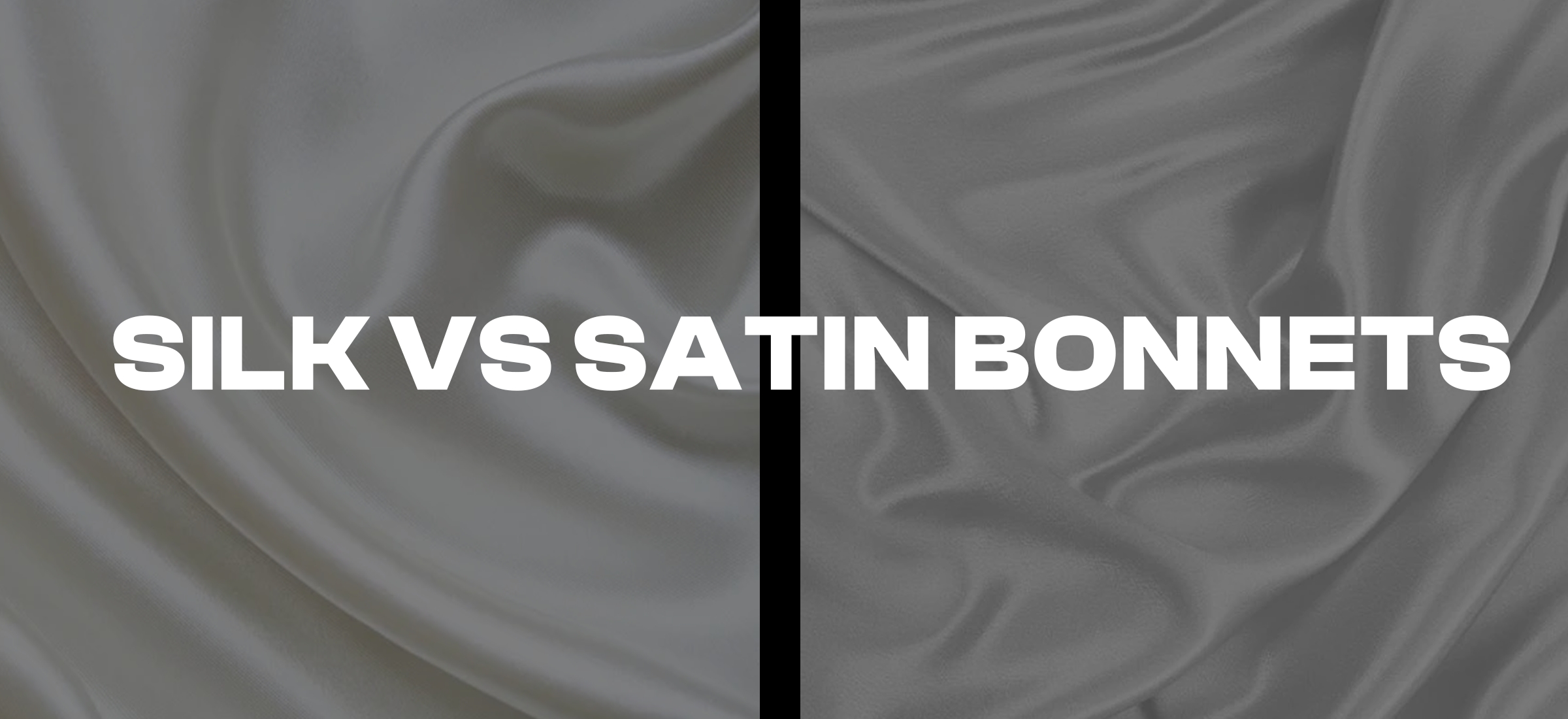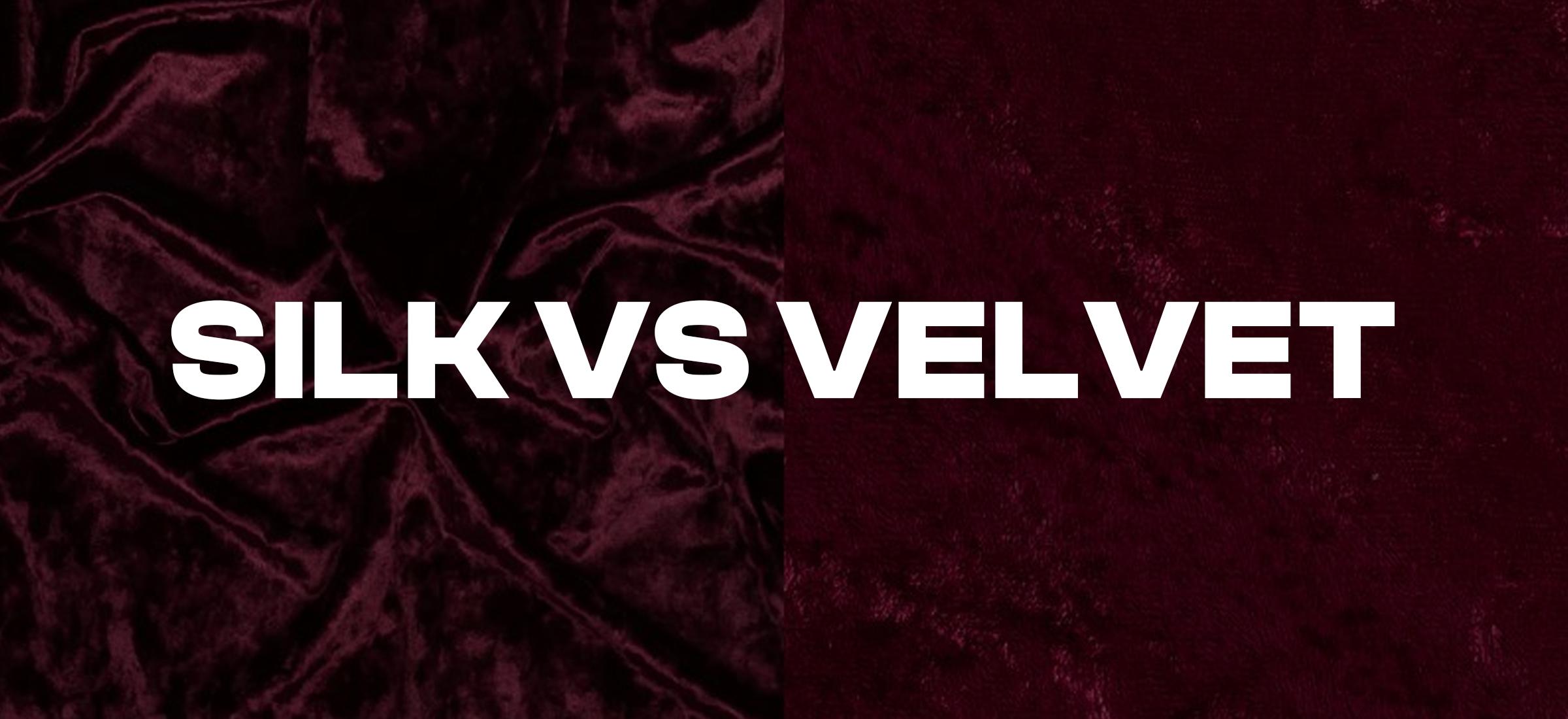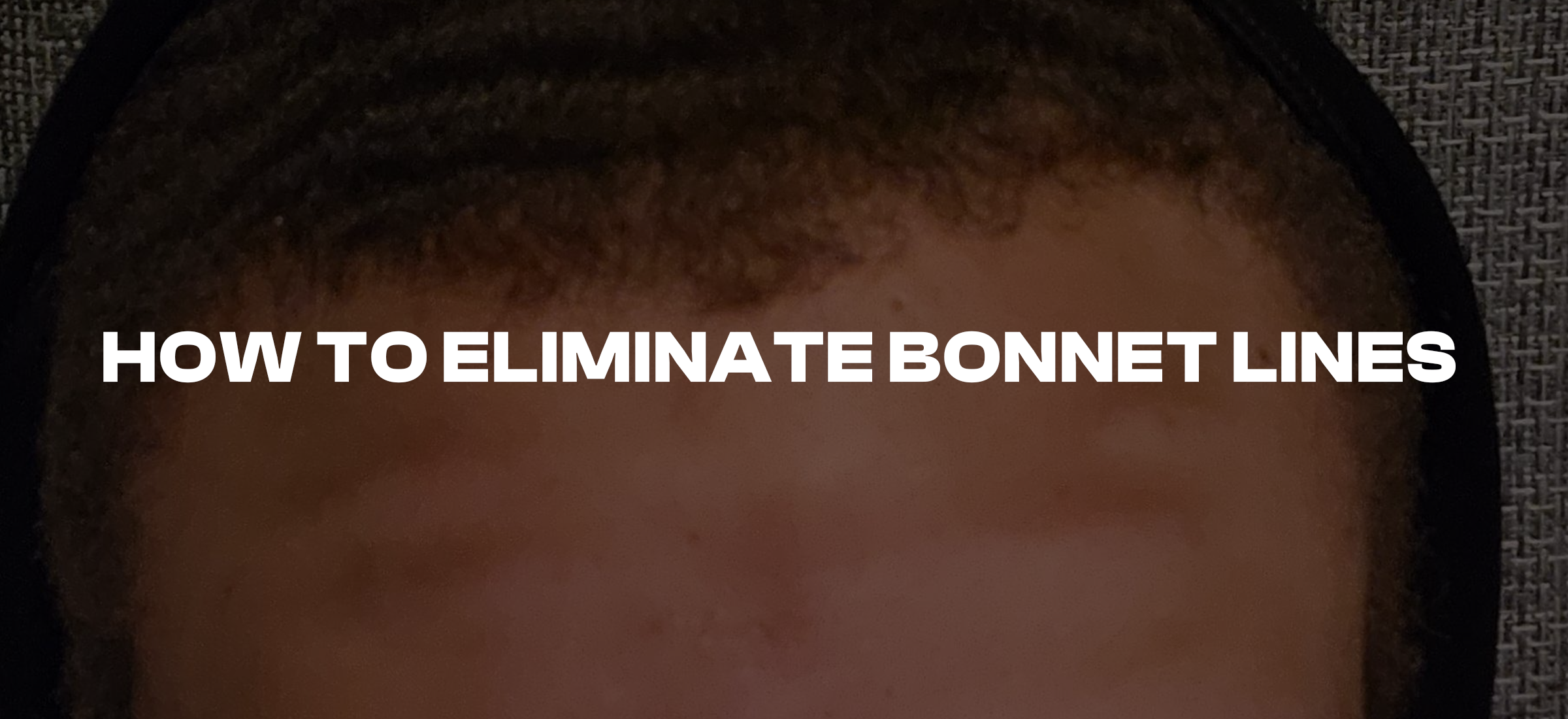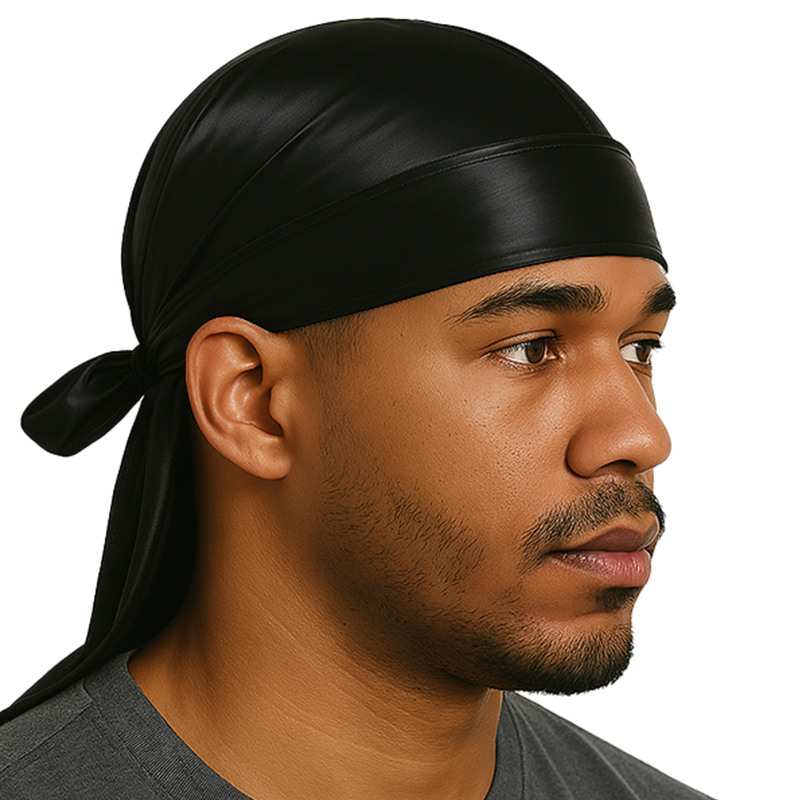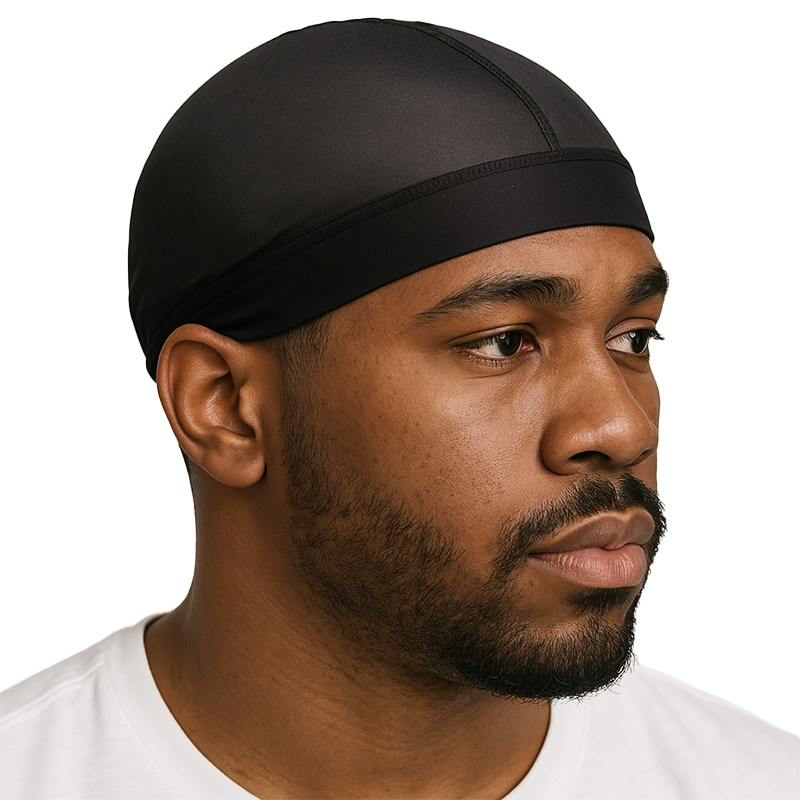Choosing the right bonnet can significantly impact hair health and comfort during sleep. Silk bonnets are made from natural fibres and offer better moisture retention, while satin bonnets are typically synthetic and provide a shiny finish. Understanding the differences between these two materials is essential for anyone seeking to protect their hair effectively.
Silk bonnets tend to reduce friction and minimize hair breakage, making them a preferred choice for many. On the other hand, satin bonnets are often more affordable and easier to care for, appealing to those looking for a budget-friendly option. These differences can influence the overall experience of wearing a bonnet and the benefits gained from it.
By learning what sets silk and satin bonnets apart, individuals can make informed decisions for their hair care routines. Selecting the right material can enhance hair moisture retention and reduce tangles, ultimately leading to healthier, more manageable hair.
Key Takeaways
- Silk bonnets retain moisture better, promoting healthier hair.
- Satin bonnets are typically easier to care for and more affordable.
- The right bonnet choice can significantly improve hair quality during sleep.
Material Composition
The differences in material composition between silk and satin bonnets significantly influence their quality, feel, and performance. Understanding these aspects helps in making informed decisions about which type of bonnet to choose.
Silk Fibres
Silk bonnets are made from natural silk fibres produced by silkworms. This material is known for its smooth texture and luxurious feel. Silk is a protein-based fibre that provides a soft surface, reducing friction on hair.
This helps to maintain moisture levels, preventing dryness and frizz. Silk is also hypoallergenic, making it suitable for sensitive skin.
Key points about silk fibres:
- Natural protein fibre
- Luxurious feel and soft texture
- Reduces friction and retains moisture
- Hypoallergenic properties
These characteristics make silk bonnets a popular choice for those looking to protect their hair while sleeping.
Satin Weave
Satin is not a fibre but a type of weave, which can be made from various materials, including polyester, nylon, or a blend of synthetic and natural fibres. Satin bonnets typically have a glossy surface and a soft feel, but they differ in durability compared to silk.
The satin weave allows for better airflow, which can help with temperature regulation during sleep. However, satin does not retain moisture as effectively as silk does.
Key points about satin weave:
- Made from synthetic or blended fibres
- Glossy surface and soft feel
- Better airflow and temperature regulation
- Less effective in moisture retention
When choosing between satin and silk bonnets, it is essential to consider these material differences for optimal hair protection.
Texture and Feel
The texture and feel of bonnets can significantly affect hair care. Silk and satin have distinct properties that impact comfort and protection. Understanding these differences can help individuals choose the right option for their needs.
Silk Texture Characteristics
Silk is known for its smooth and soft feel. It is made from natural protein fibres produced by silkworms. This composition gives silk a unique, almost buttery texture that many find luxurious.
Silk also has natural breathability and moisture-wicking properties. This means it can help retain hair moisture while reducing friction. With less friction against hair, silk bonnets can help prevent breakage and frizz.
Some people may find silk slightly slippery when compared to other fabrics, but it is generally very comfortable to wear. This softness makes silk less likely to irritate sensitive skin.
Satin Texture Characteristics
Satin, on the other hand, often has a shiny finish that can feel cool to the touch. It is typically made from synthetic materials like polyester, nylon, or rayon.
While satin offers some benefits, it is not as effective as silk in moisture retention. The texture may feel slightly rougher than silk, which can increase friction against hair.
Satin bonnets are generally more affordable and can provide a smoother experience than cotton. They are also easier to maintain but may not offer the same luxurious feel. With a variety of textures available, users can select satin options that suit their preferences.
Durability and Care
When choosing between silk and satin bonnets, durability and proper care are essential. Each type of bonnet has unique requirements that can affect its lifespan and effectiveness.
Caring for Silk Bonnets
Silk bonnets are delicate and require careful handling. To maintain their quality, it is recommended to hand wash them in cold water using a gentle detergent. Avoid using harsh chemicals, which can damage the fabric.
After washing, it is crucial not to wring or twist the silk. Instead, gently press out excess water by rolling the bonnet in a clean towel. Hang it to dry away from direct sunlight, as UV rays can fade the colour.
Ironing should be done on a low setting if necessary, while placing a cloth between the iron and the silk to prevent scorching. Regular rotation and storage in a cool, dry place can help maintain their shape and softness.
Caring for Satin Bonnets
Satin bonnets are generally easier to care for than silk. Most satin bonnets can be machine washed on a gentle cycle with cold water. It is advisable to place them in a mesh laundry bag to avoid snagging.
After washing, they can be tumble dried on low heat or air-dried. Unlike silk, satin is less prone to damage from heat, but it is still wise to avoid excessive exposure.
To keep the fabric smooth and free from wrinkles, it may be helpful to use a steamer rather than an iron. Storing satin bonnets in a cool, dry area can extend their life while preserving their smooth texture.
Appearance and Shine
The appearance and shine of hair bonnets are key factors that many consider when choosing between silk and satin. These properties affect not only the aesthetics but also how the fabric fits into a hair care routine.
Lustre of Silk
Silk has a natural lustre that gives it a luxurious and elegant look. This fabric reflects light in a unique way, making it appear soft and glowing.
The lustre of silk is often deeper than that of other fabrics, enhancing the visual appeal of a bonnet worn for protection or style. Additionally, silk’s smooth texture feels gentle against the skin and hair, reducing friction. This feature not only adds to its beauty but also benefits hair by preventing breakage and frizz.
Silk bonnets often come in a variety of rich colours that appear even more vibrant due to the fabric's natural sheen. Many users appreciate this blend of functionality and elegance for both nighttime use and personal style.
Sheen of Satin
Satin is known for its shiny surface and smooth texture. The sheen of satin can catch the eye without the luxury price tag of silk. This makes satin bonnets a popular and more affordable choice.
The shiny finish of satin can vary based on the material used. Commonly made from synthetic fibres, satin has a more uniform shine compared to silk's natural look.
While the sheen of satin looks good, it may not provide the same protective benefits as silk. Satin can also tend to produce more friction, potentially leading to tangles and frizz for some hair types.
Despite this, satin offers a chic option in many styles and colours, appealing to those who want fashion alongside function.
Breathability and Comfort
Both silk and satin bonnets provide different levels of breathability and comfort, which can impact how they perform in various climates. Understanding these differences helps in choosing the right bonnet for specific needs and situations.
Silk Bonnets in Various Climates
Silk bonnets are well-known for their breathable nature. The natural protein fibres allow for airflow, making them suitable for warm weather. This breathability helps regulate temperature, keeping the head cool during hot summers.
In colder climates, silk still offers comfort. Its natural insulating properties provide warmth without overheating. Silk is also hypoallergenic, which makes it a great option for those with sensitive skin.
People using silk bonnets often find them to be gentle against the scalp. This softness promotes a snug fit without causing irritation, enhancing comfort throughout the night or during wear.
Satin Bonnets in Various Climates
Satin bonnets are typically made from synthetic materials like polyester, which can affect breathability. While they do offer a smoother feel, they are not as breathable as silk. This can lead to discomfort in hot, humid conditions.
In cooler weather, satin may retain heat better than silk. This can be beneficial for keeping the head warm. However, the lack of airflow might not be suitable for everyone.
For everyday use, satin bonnets are generally easy to care for and durable. They can withstand repeated washing without losing shape or comfort. Many find satin an economical choice that still provides decent protection for hair, making it a popular option.
Suitability for Different Hair Types
Choosing the right bonnet for specific hair types can make a significant difference in maintaining hair health and preventing damage. Both silk and satin bonnets offer unique benefits depending on an individual's hair needs.
Silk Bonnets for Hair Types
Silk bonnets are often recommended for those with dry, brittle, or coarse hair. The smooth texture of silk helps to retain moisture and reduce friction. This is crucial for preventing frizz and breakage.
Curly hair types benefit greatly from silk bonnets. The gentle surface keeps curls defined and eliminates tangles. Additionally, people with colour-treated hair will find silk to be gentle and less abrasive. It can help to preserve the vibrancy of colours longer than other materials.
Silk bonnets are also hypoallergenic, making them suitable for sensitive scalps. They provide a luxurious feel that many users appreciate. However, silk may require more careful maintenance than satin.
Satin Bonnets for Hair Types
Satin bonnets can be a great choice for various hair types, especially those who want a cost-effective solution. They are typically made from synthetic materials and are more durable than silk.
Satin works well for straight or wavy hair. It helps reduce static and frizz while protecting the hair from tangling. This is particularly beneficial for individuals with fine hair, as it can be prone to knots.
For people seeking an affordable and easy-to-care-for option, satin is often more accessible. While it may not retain moisture as effectively as silk, it still provides a protective barrier against breakage. Satin bonnets are versatile and can be suitable for many hair types looking for everyday protection.

